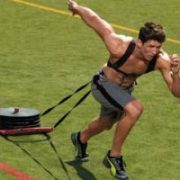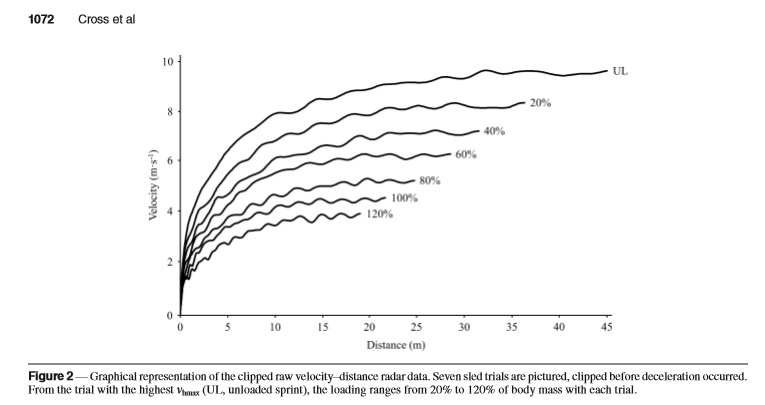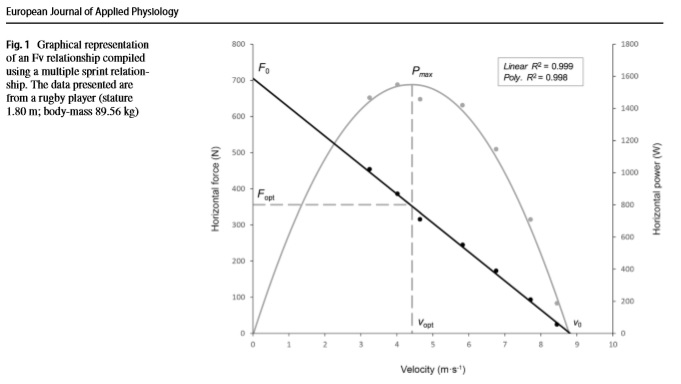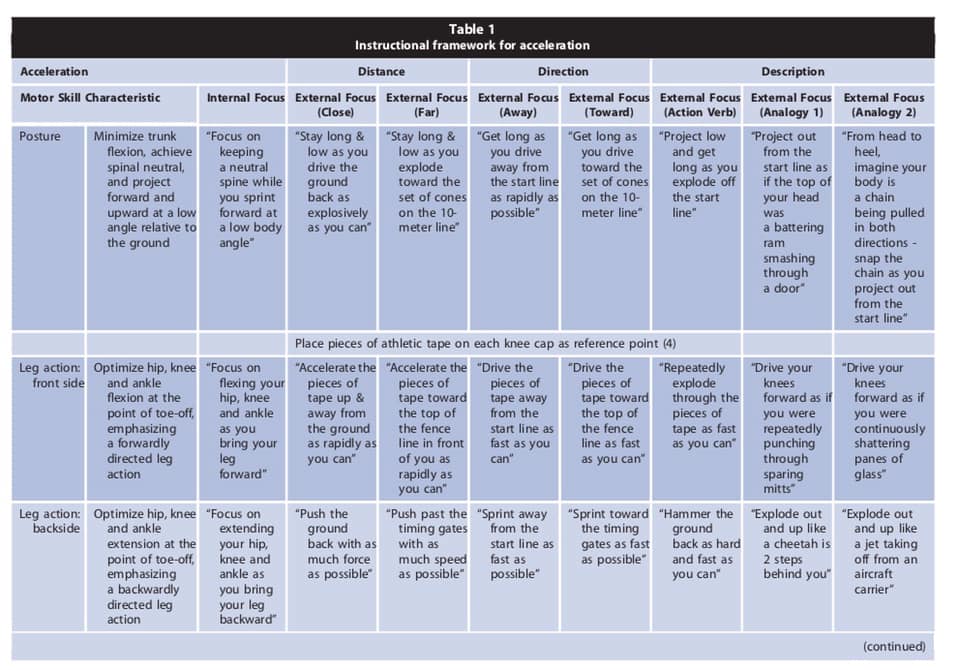Can Heavy Sled Training Make You Faster?- Part 2
I wanted to follow up one the blog on JB Morin’s Pacey Performance Podcast with a bit more of a discussion around resisted sprints. This will be a two-part blog. The first blog looked at the benefits of resisted sled work in developing technical mastery. This blog will look at the use of resisted sprints to inform the force-velocity relationship and deduce a more appropriate individualised training programme.
Assessment of Power
The assessment of athletic power production is common in sport science practice. Knowing the load that an athlete produces their highest power output on in a variety of athletic tasks can improve individualised training prescription, resulting in more specific and potentially enhanced adaptations.
We have seen that rather than just profiling one single explosive movement such as a bodyweight jump, we can gain further insights into athlete capabilities by measuring the expression of force at a range of velocities (e.g the Force-Velocity relationship).
It is generally accepted that training around ‘optimal’ conditions for power is viewed as an effective means of improving maximum power. Therefore this supports the rational for profiling optimal loading characteristics.
While this type of assessment of power is pretty common with various forms of jumping (including loaded jumps) this has not been common place in sprinting and specifically resisted sprinting.
So What About Heavy Sleds?
According to research cited in Cross et al 2017 Resisted sprinting (eg sled towing) is widely regarded as a means of overloading capacities specific to sprinting acceleration performance. However, the current body of literature examining the effects of resisted sprinting is somewhat limited, and typically uses relatively light loading regimes. It appears most researchers cap loading parameters based on the premise that training against resistance above a certain magnitude (e.g >10% decrement in unloaded velocity) will lead to negative adaptations in technical and performance markers.
But Morin et al 2017 argues that in the same manner that training in conditions of high velocity may improve velocity capacity, training under significant loads may have a place in the development of high force or EARLY ACCELERATION capabilities
In research by Cross et al 2016 they used a radar gun (Stalker ATS II) set on a triped 5m behind the athlete and 1m high (approximating centre of mass). The distances used for each load were selected from pilot data as an exaggeration of what was required to reach maximum velocity. This ranged from 45m unloaded to 20m at 120% body mass.
Loading was increased until a 50% decrement in unloaded maximum velocity and a visual peak of the power-velocity relationship were observed (although from the above information I assumed that they continued to even higher loads, where velocity would presumably drop more than 50% to ensure a sufficient time span of stimuli to capture the peak and the ascending part of the power-velocity curve).
The figure above shows the Force-Velocity Relationship that was established in the research by Cross et al (2016). They showed that:
External sled-loading of up to 96% of body mass (~50% decrement in maximum velocity) has been shown to correspond with acutely maximised power (the ‘middle’ of the FV relationship).
The mean was 78% and 82% body mass for recreational athletes and sprinters, respectively. Furthermore, there was a wide range for both cohorts (optimal load of 69-91% and 70-96% for recreational athletes and sprinters, respectively).
The sprinters displayed a much greater maximum velocity capacity than their recreational counterparts (8.35m/s and 9.75m/s respectively). There was a very large effect also in the velocity at which the sprinters generated maximum power (at 4.19m/s and 4.90m/s, respectively). This represented an optimal velocity of around 50% of maximum velocity. This highlights that it is:
the ability to produce force at greater velocities that characterises well trained sprinters rather than absolute force-production capabilities
Heavy Sleds Mimic Acceleration Mechanics
One of the things I took away from reading all the scientific papers was that sprinting against a heavy load (as high as 96% body mass) mimics the first 2-3 steps (or early acceleration of an unloaded sprint).
I don’t fully understand the mathematics but they were able to show that sprinting with an external load at maximum effort modeled the same kinetic conditions experienced during the acceleration phase on an unloaded sprint (i.e corresponds to the same velocity).
In the example of an athlete towing an individualised optimal load (~82% body mass), sprinting in these conditions mimics the moment power is maximised during an unloaded sprint [i.e steps 2-3 or early acceleration].
Applications in Training
- Lighter loads (~10% decrements in velocity) traditionally used in research (or even assisted methods) likely have relevance in the development of horizontal force at HIGH velocities
- Greater loads (>50% decrements in velocity) may provide a more effective overload for the development of short distance sprint performance (i.e force and maximum power).
- All loads may indeed express contextual specificity in external F-V characteristics
- To implement heavy sled work into training have an athlete work against a load that generates a 50% decrement in unloaded sprinting velocity!
Future research should look at other athletic populations such as rugby players. Mechanical capacity for force at low velocities might be key to performance in acceleration based collision sports. Therefore perhaps rugby players would generate maximum power at lower velocities than the average seen in the study by Cross et al (2017). Future research should determine optimal loading characteristics of force dominant athletes.
Hope you have found this article useful.
Remember:
- If you’re not subscribed yet, click here to get free email updates, so we can stay in touch.
- Share this post using the buttons on the top and bottom of the post. As one of this blog’s first readers, I’m not just hoping you’ll tell your friends about it. I’m counting on it.
- Leave a comment, telling me where you’re struggling and how I can help
Since you’re here…
…we have a small favor to ask. APA aim to bring you compelling content from the world of sports science and coaching. We are devoted to making athletes fitter, faster and stronger so they can excel in sport. Please take a moment to share the articles on social media, engage the authors with questions and comments below, and link to articles when appropriate if you have a blog or participate on forums of related topics. — APA TEAM






